It happens all the time. A person buys a DSLR and one of the first things they want to accomplish is creating backgrounds that are blurry and full of beautiful little circles of light. In other words they want BOKEH.
Those blurry backgrounds are a desired feature not only because they are pleasing to the eye, but also because the bokeh can help make the subject more of the focus by concealing less appealing things from being seen or being a distraction to the viewer.
For example, the image above was shot at aperture f 3.2 on my 50mm f1.4 lens. I shot the scene again, without moving from my spot, at the aperture f 8. Notice what suddenly became clear enough to identify? A laundry basket, a trash can, oven and a pack of paper towels. Being able to see those things makes the picture seem cluttered and busy.
Aperture has two main purposes – to increase/decrease the depth of field in an image AND to allow in more/less light to properly expose an image.
This post is not touching the exposure part at all; that will be saved for another post. Instead, I just wanted to quickly state what goes into getting beautiful bokeh.
There are two main elements that go into creating bokeh:
- aperture – wider apertures (small f numbers)
- distance – the closer you are to your subject and the further your subject is from the background
Below is an example of the second element of bokeh – distance. I took two pictures of my daughter, with her staying in the same exact spot. I was against the wall in the first shot, then moved in closer to her for the second. My aperture stayed exactly the same – notice the HUGE difference in bokeh?
When I moved in closer to Georgia, I made my “depth of field” much more shallow.
Using a large aperture (SMALL f number) does NOT mean you instantly achieve bokeh/shallow depth of field. Why not? You have to remember DISTANCE! Pull your subject away from the background, and if necessary, you move in closer.
Having “bokeh fails?” More than likely your subject is too far away from you or when your subject is right up against the background.
One last tip: If you have a zoom, try backing away and zooming into your subject – creates beautiful bokeh!!
Below is a shot from the spring that I took with my Tamron 70-200mm f2.8 lens, using the aperture f3.5. How I captured such creamy bokeh was by backing away from her and then zooming in. It’s really that easy.
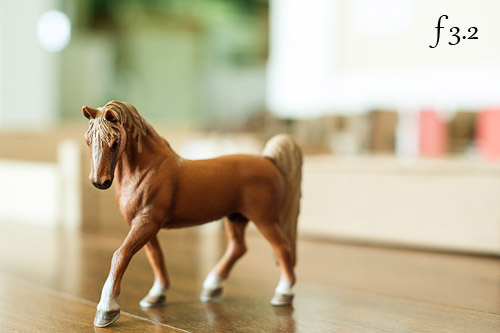

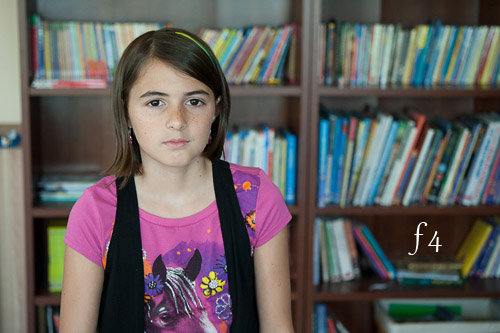
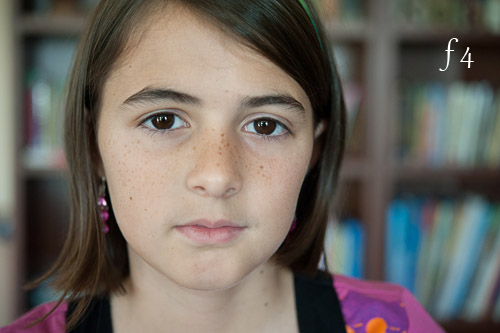
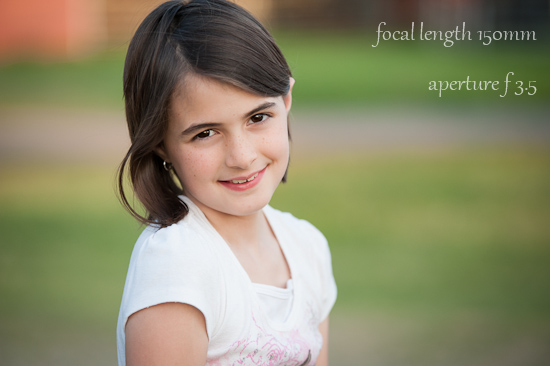

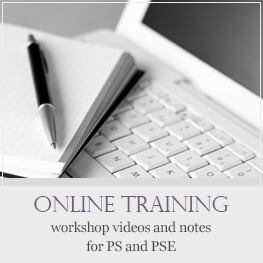
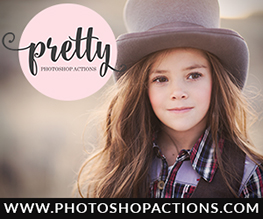

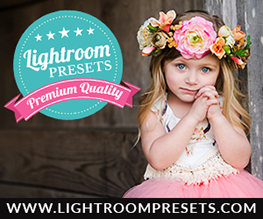
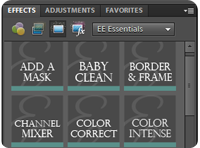

Great post, but one thing you did not hit on is focal length. Focal length plays such a big part in bokeh. A 135mm set F2.0 or a 50mm set at F2.0 (with the subject and you not moving) will produce different bokeh. I wish some had told me that when I first started, because I tried for the longest to shoot wide open on my 50mm, and once I upgraded to the 135 I realized I could close down my apeture a bit, allowing me to nail focus more often, and still get creamy bokeh.
Great post! I practiced today with my EOS 60D (50 mm lens) and noticed that the bottom portion of my photos were also completely blurred out. Not sure if that is normal. Looking forward to the next portion of this post.
This is something my husband has been working on lately with his bridge camera, so thank you so much for this post! I think getting his subject away from the background is key for him; his focal point is usually pretty close to the background. I’m so excited for him to try out these tips!
Hi Amanda. A blogger that I know put your site online in a Facebook forum (Blogging Your Way) and so I just had to come and check out your blog and website. You really cover so much here on the blog – so thank you for all your hard work. I will be taking some of your workshops in the future.
I want to be able to create bokeh – sometimes it happens when I don’t even remember what I did! I’d like to have a bit more control. I have a Nikon D3100 and there are many times when I cannot get under f4. I would love to get a lens that would help with this. What do you think would be best for me? The 50mm F1.4 lens? Would love your advice.
Thanks
Linda
Do you have any tips or actions for creating bokeh on an already taken photo?